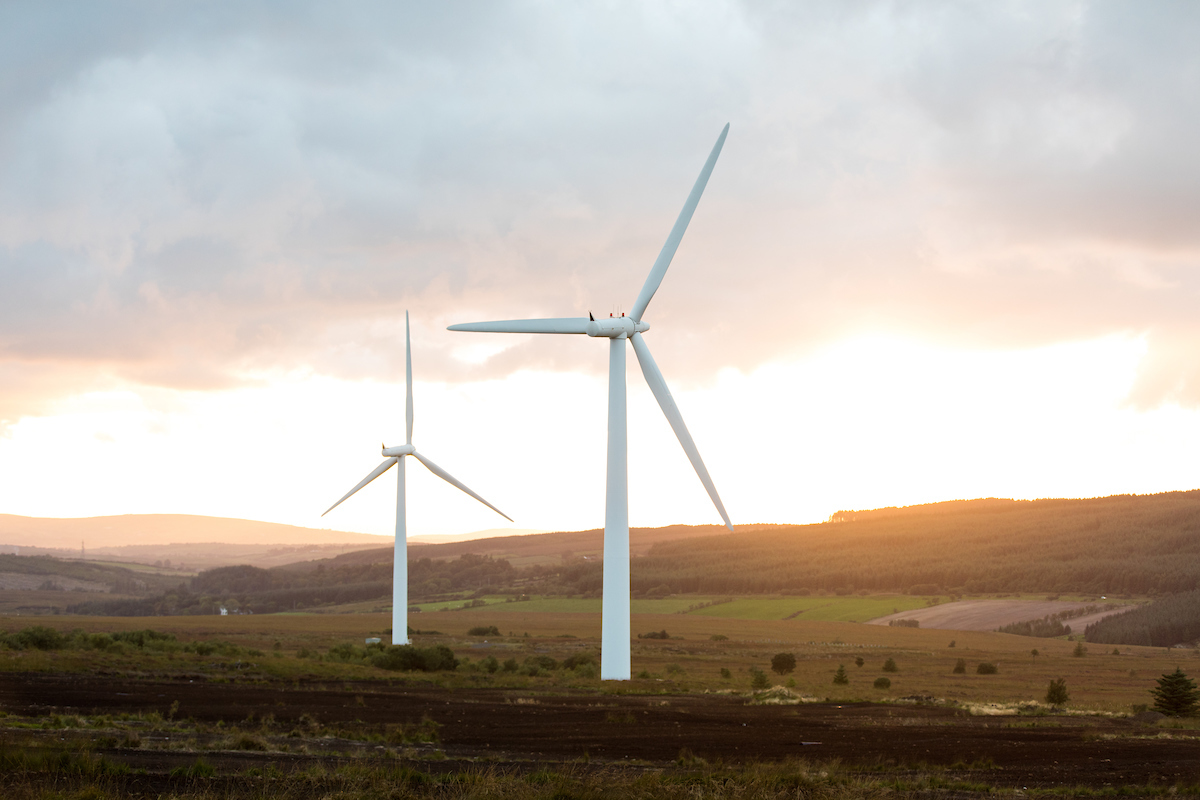Solutions
Our passionate and experienced people deliver successful clean energy projects globally.
Technologies
Driving a clean energy future through state-of-the-art renewable technologies.
See all technologiesResources
Browse our latest resources, including company updates, customer stories, industry insights, and research reports.
See all resourcesCareers
Join a collaborative team of passionate individuals who engage in meaningful, stimulating, and world-changing work.
See all careersAbout RES
We live our mission, celebrate the people making it happen and transform the way the world produces and consumes energy.
See about usOur offices
Like our business, we’re truly global – but proudly local. Find contact and location details for every RES office.
Contact us-
Home
/
Resources
/
Case Studies
/
Increasing annual energy yield with RES digital solutions
Increasing annual energy yield with RES digital solutions
by RES | Sep 17, 2024 | Reading time: 3 min

The challenge
Typically, wind turbines operate to maximise their own energy production, without consideration of their interaction with other turbines across the whole wind farm. They also each have very good information about the wind flow at their location, but they don’t share this information across the wind farm to optimise production. Moreover, the default control parameters of a turbine may not drive the most efficient behaviour on a site-specific basis. These behaviours can lead to a sub-optimal energy yield output of a wind farm.
Turbines acting in isolation : When each turbine operates independently, aligning itself strictly to the local wind direction, it does not consider the impact on neighboring turbines. The wake (turbulence and slower wind) created by an upstream turbine, can significantly reduce the efficiency of downstream turbines. This can lead to suboptimal overall energy production and increased mechanical stress on downstream turbines.
Moreover, turbines turn, or yaw, based on wind direction signals from instrumentation on the nacelle of the turbine. The wind direction data from the instrumentation on the turbine may not truly reflect the accurate wind direction for that turbine, which may cause lost energy production compared to optimal behaviour. Also, turbines may carry out frequent yaw adjustments to chase short, localised changes in wind direction. This can result in increased mechanical wear and tear on the turbines, raising maintenance costs and reducing the operational lifespan of the equipment.
Many turbines, like those at Altahullion 1, have been adjusting their yaw based solely on local wind conditions from their own instrumentation, without considering the overall wind farm dynamics. As a result, they are not achieving their full potential.
Sub-optimal control parameters: Wind turbines come with manufacturer-designed control systems intended to optimise their performance. Although these factory settings are designed to work well under standard conditions, they may not be ideally suited for the unique wind conditions of a specific site or the particular condition of a turbine, such as its age.
A key factor that significantly affects performance is blade pitch behaviour. Blade pitch refers to the angle of the turbine blades relative to the prevalent wind direction. Adjusting the blade pitch allows the turbine to capture the maximum amount of wind energy. By optimising the angle of the blades, the turbine can operate more efficiently, maximising power output. Due to the dynamic nature of wind conditions, these require continuous and precise adjustments to maintain optimal efficiency. However, the default blade pitch behaviour of a turbine may not be the most efficient behaviour on a site-specific basis.
The solution
RES’ Dynamic Yaw is crucial for optimising the performance and efficiency of wind turbines. It involves both ensuring the turbines maximise energy yield as a group, as well as giving each turbine better information about the incoming wind. More specifically, some of RES’ Dynamic Yaw innovative technology implemented and trialled at Altahullion include:
- Collective Control: Turbines are given information about the wind direction from neighbouring turbines to enable them to make a better decision about when to yaw.
- Wake Steering: The system uses wake steering techniques, where upstream turbines are intentionally yawed to direct their wakes away from downstream turbines. This mitigates the negative impacts of wake effects, thereby enhancing the overall energy capture and efficiency of the wind farm.
We use TuneUp to fine-tune the turbine control settings. By harnessing extensive data, beyond the manufacturer’s original design insights, we can now utilise advanced analytics to finely tune turbine performance beyond factory specifications.
The impact
The implementation of RES’ Dynamic Yaw product at Altahullion Wind Farm has effectively addressed the inefficiencies associated with independent turbine yaw control. By leveraging advanced technology and real-time data, the wind farm has achieved higher energy efficiency, reduced mechanical stress, and potentially extended turbine lifespan, demonstrating significant advancements in wind farm management.
Together with the implementation of other RES technologies, Altahullion increased its performance and efficiency. More specifically, the final estimate of the annual energy yield uplift from the combined upgrades is 3.4%. The largest contributors to this are the TuneUp (2.1%) followed by Collective Control (0.7%).
Share this article



We’re really pleased that the wake steering trial at Altahullion 1 has yielded such positive results. We continue to see the benefits of RES’ operational value enhancement works and look forward to rolling out further opportunities across TRIG’s portfolio.
Minesh Shah, Managing Director
TRIG

